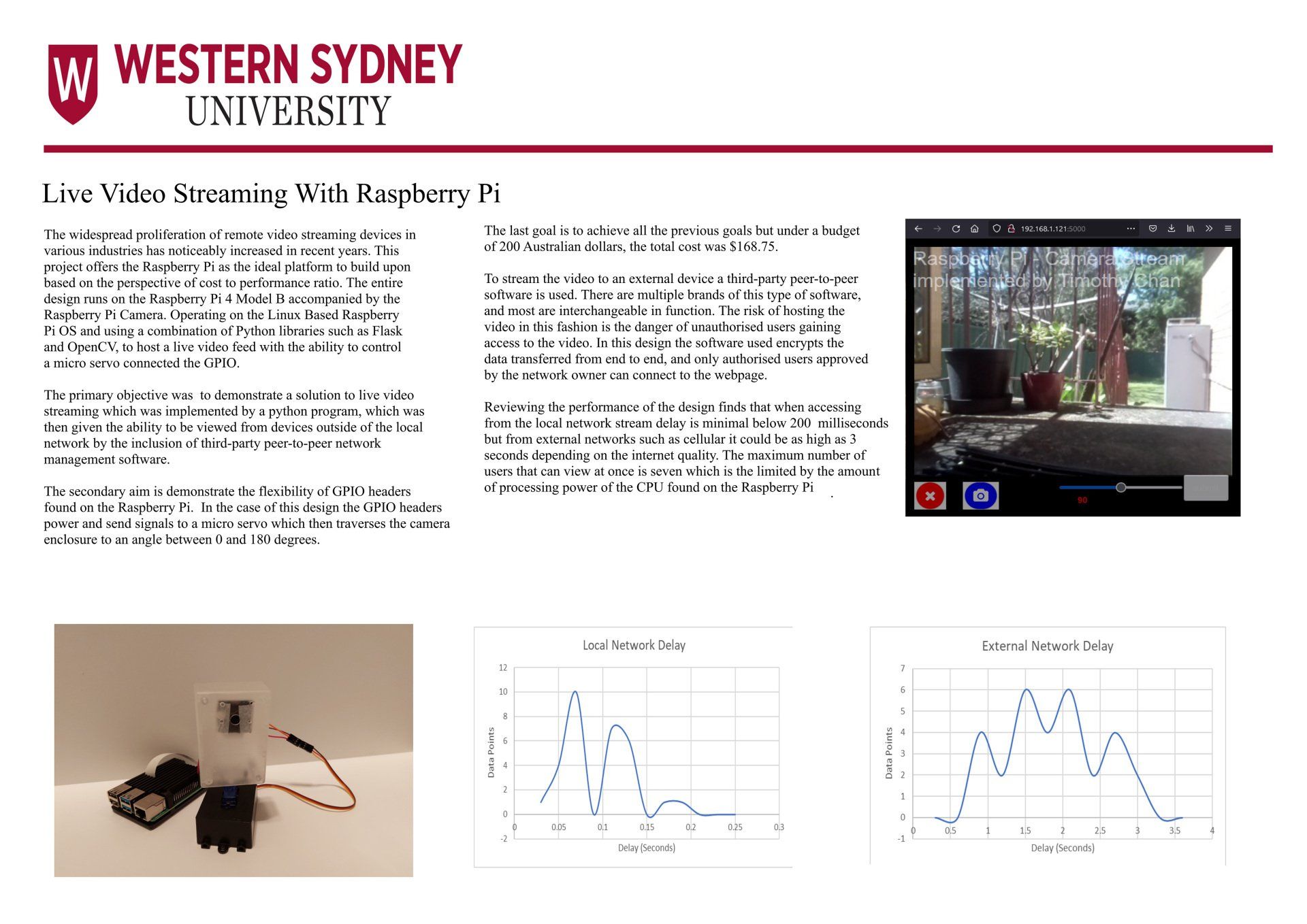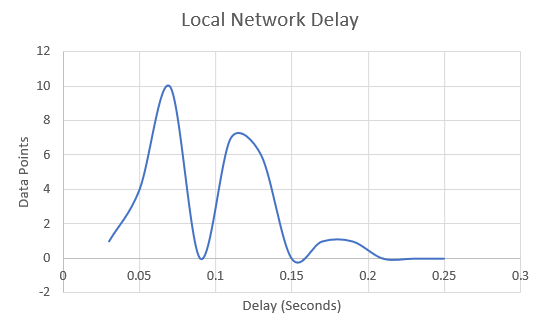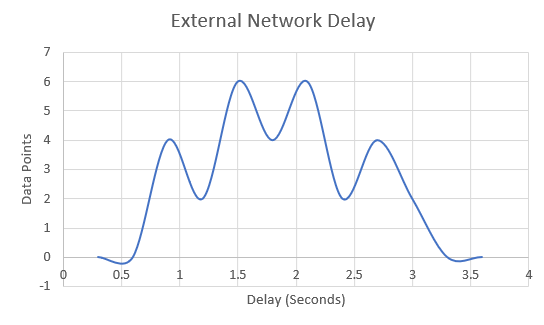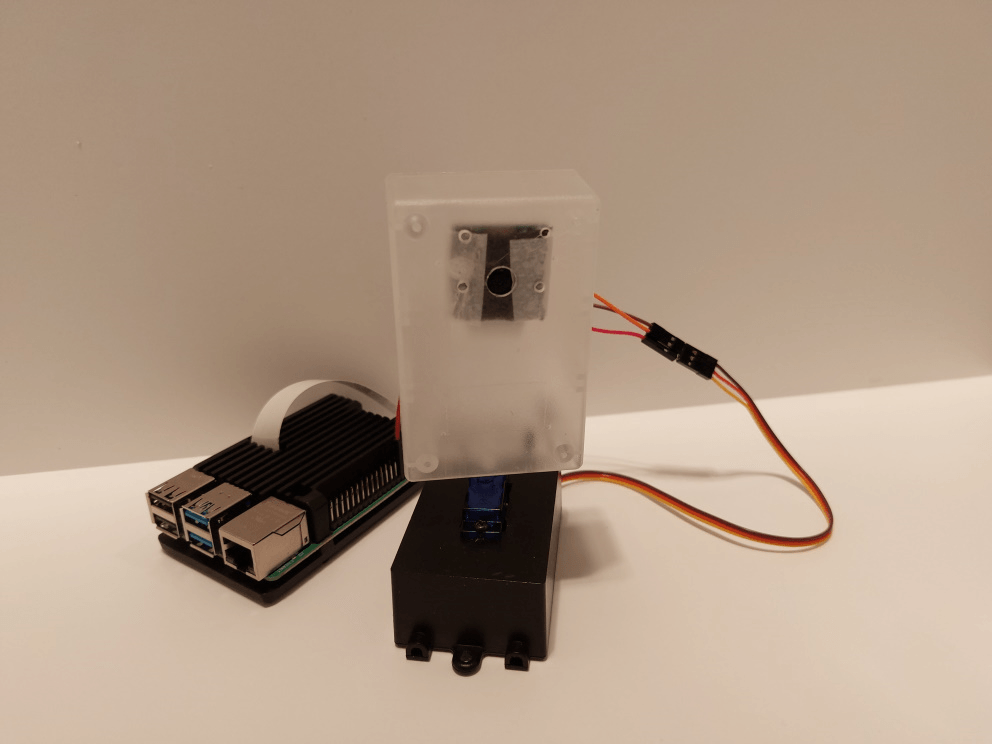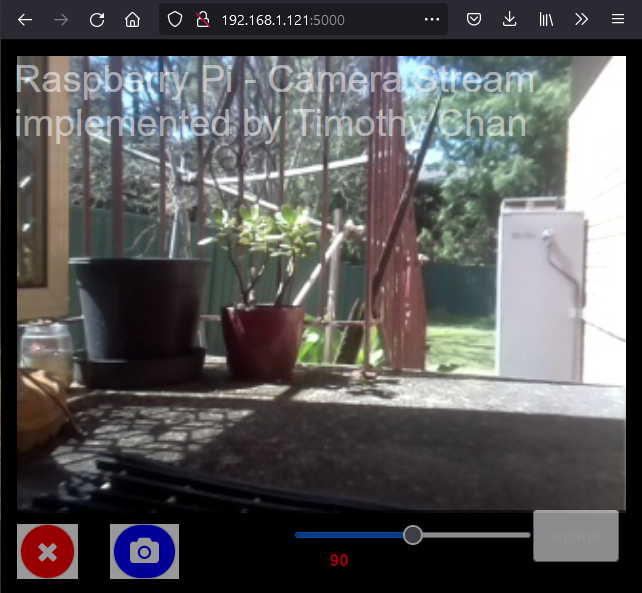
Timothy Chan
I am electrical engineering student soon to be graduating with a Bachelor of Engineering. I have a keen interest in designing small form factor electronics with micro controllers such as Arduinos and compact computers like the Raspberry Pi’s. To further my understanding of designs I spend a lot of time disassembling then reassembling electronics for advancing my knowledge in electronic prototyping and quality bench marking.
Live Video Streaming With Raspberry PI
The widespread proliferation of remote video streaming devices in various industries has noticeably increased in recent years. This project offers the Raspberry Pi as the ideal platform to build upon based on the perspective of cost to performance ratio. The entire design runs on the Raspberry Pi 4 Model B accompanied by the Raspberry Pi Camera. Operating on the Linux Based Raspberry Pi OS and using a combination of Python libraries such as Flask and OpenCV, to host a live video feed with the ability to control a micro servo connected the GPIO. The design concentrates on three aspects, the ability to view the live video from an external network, the capability of controlling peripheral components utilizing the GPIO headers and the implementation of the design under a budgetary constraint of 200 AUD. The primary objective was the to demonstrate a solution to live video streaming which was implemented by a python program, which was then given the ability to be viewed from devices outside of the local network by the inclusion of third-party peer-to-peer network management software. The secondary aim is demonstrate the flexibility of GPIO headers found on the Raspberry Pi. In the case of this design the GPIO headers power and send signals to a micro servo which then traverses the camera enclosure to an angle between 0 and 180 degrees. The last goal is to achieve all the previous goals but under a budget of 200 Australian dollars, the total cost was $168.75. In summary the design is able to handle seven active users at any one time, with delay depending on the quality of internet from said devices. The camera angle can be commanded to change to any value between 0 to 180 degrees from any authorised device.

